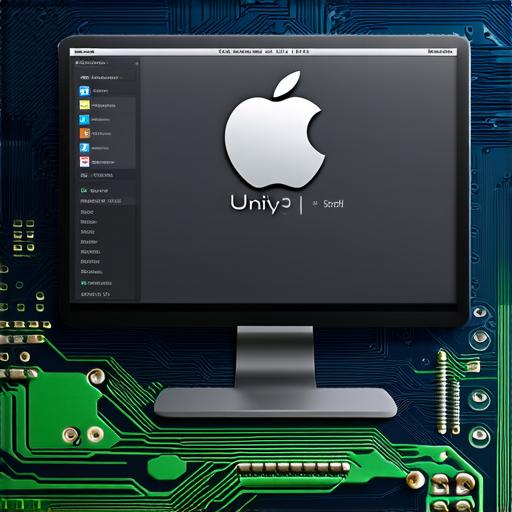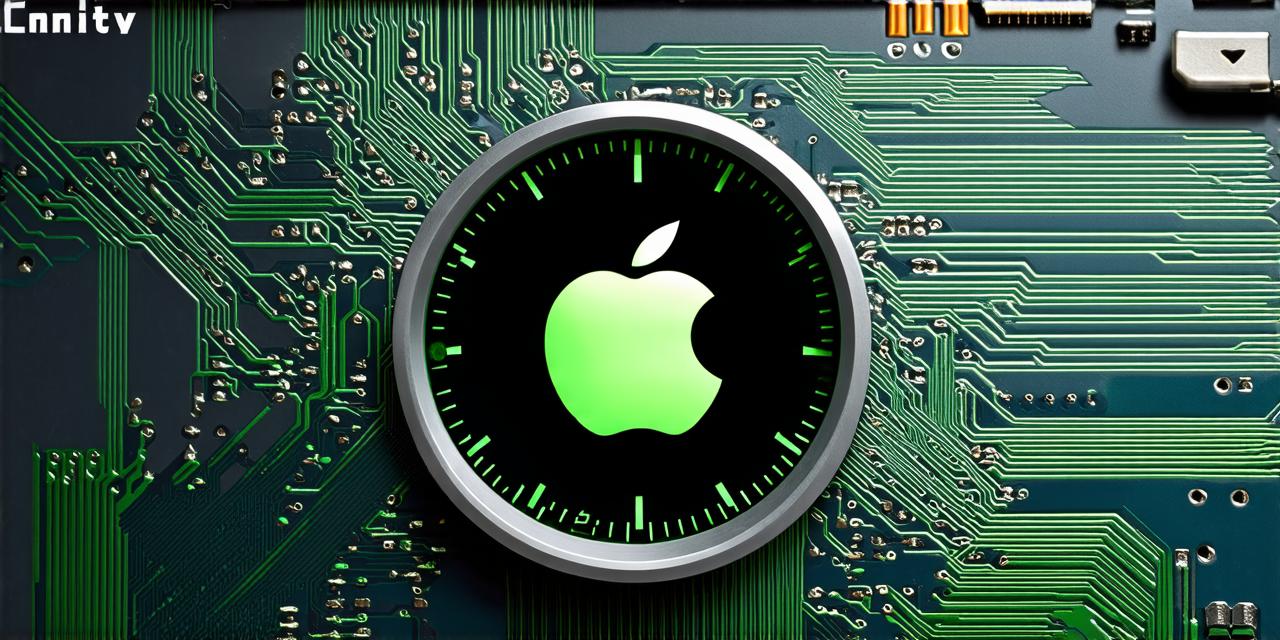If you are a Unity developer working on macOS, performance optimization is an essential part of the development process. In this article, we will share some tips and tricks to help you optimize your Unity 3D projects for better performance on Mac.
Understanding Performance Metrics
Before we dive into the tips and tricks, it’s essential to understand what performance metrics are and how they can impact your Unity project’s performance. Some of the most important performance metrics to monitor include:
- Frame Rate: A measure of the number of frames per second (fps) that your game or application is rendering. A higher frame rate means smoother animations and graphics, while a lower frame rate can lead to lag or stuttering.
- Load Times: The time it takes for assets, such as textures and audio files, to load into memory. Long load times can negatively impact user experience and lead to frustration.
- Memory Usage: A measure of how much RAM your game or application is using. High memory usage can cause performance issues, especially on systems with limited RAM.
- CPU Usage: A measure of the amount of processing power that your game or application is consuming. High CPU usage can lead to slow performance and even crashes in some cases.
Tips for Optimizing Unity Performance on Mac
Now that you understand what performance metrics are, let’s dive into some tips and tricks to help you optimize your Unity project for better performance on macOS.
Reduce Draw Calls
Draw calls are a common performance bottleneck in Unity projects. A draw call is the process of rendering a specific object or texture on the screen. Reducing the number of draw calls can significantly improve performance by reducing the amount of processing power required to render objects.
To reduce draw calls, you can use techniques such as batching and LOD (Level of Detail). Batching allows you to group multiple objects together and render them in a single draw call, while LOD allows you to reduce the complexity of objects based on their distance from the camera, reducing the number of draw calls required.
Use Optimized Textures
Optimized textures are an essential part of performance optimization in Unity projects. Using optimized textures can significantly improve load times and reduce memory usage by compressing the texture data without sacrificing quality.
To use optimized textures, you can export your textures from tools such as Photoshop or GIMP with the appropriate compression settings. You can also use Unity’s built-in texture compression tools to further optimize your textures for performance.
Optimize Audio and Music
Audio and music can have a significant impact on performance, especially in games and applications that rely heavily on sound effects and background music. To optimize audio and music for better performance, you can use techniques such as:
- Compressing audio files to reduce file size and improve load times.
- Using lower-quality audio files for background music and higher-quality audio files for sound effects.
- Reducing the number of audio tracks used in your project to reduce processing power requirements.
Use Instantiate Instead of Create GameObject
Instantiate is a Unity function that allows you to create new game objects without having to allocate memory manually. Using instantiate instead of CreateGameObject can significantly improve performance by reducing memory usage and improving load times.
To use instantiate, you can simply call the function with the appropriate parameters, such as the prefab object and the location where the new object should be created. Instantiate will handle the rest, including allocating memory and initializing the object’s properties.
Use C Instead of JavaScript
While JavaScript is a popular scripting language for Unity development, C is often preferred for performance-critical applications due to its superior performance and better support for multi-threading. Using C can significantly improve performance by reducing the amount of processing power required for script execution.
To use C in your Unity project, you can simply switch the scripting language in Unity’s preferences menu and recompile your code.
Real-Life Examples
Now that we have discussed some tips and tricks let’s look at some real-life examples of how these techniques can be applied in practice.
Example 1: Reducing Draw Calls
Suppose you are working on a game that features a lot of trees, each with its own unique texture. Reducing the number of draw calls for these trees can significantly improve performance by reducing the amount of processing power required to render them.
To reduce draw calls, you can use techniques such as:
- Batching multiple trees together and rendering them in a single draw call.
- Using LOD to reduce the complexity of the tree textures based on their distance from the camera.

By applying these techniques, you can significantly improve the performance of your game by reducing the number of draw calls required to render the trees.Example 2: Optimizing Textures
Suppose you are working on a game that features a lot of detailed textures, such as character models and environment textures. Optimizing these textures can significantly improve load times and reduce memory usage by compressing the texture data without sacrificing quality.
To optimize textures, you can use techniques such as:
- Exporting textures from tools such as Photoshop or GIMP with the appropriate compression settings.
- Using Unity’s built-in texture compression tools to further optimize your textures for performance.
By applying these techniques, you can significantly improve the performance of your game by reducing load times and memory usage.Example 3: Optimizing Audio and Music
Suppose you are working on a game that features a lot of sound effects and background music. Optimizing audio and music can significantly improve performance by reducing the amount of processing power required for sound playback.
To optimize audio and music, you can use techniques such as:
- Compressing
